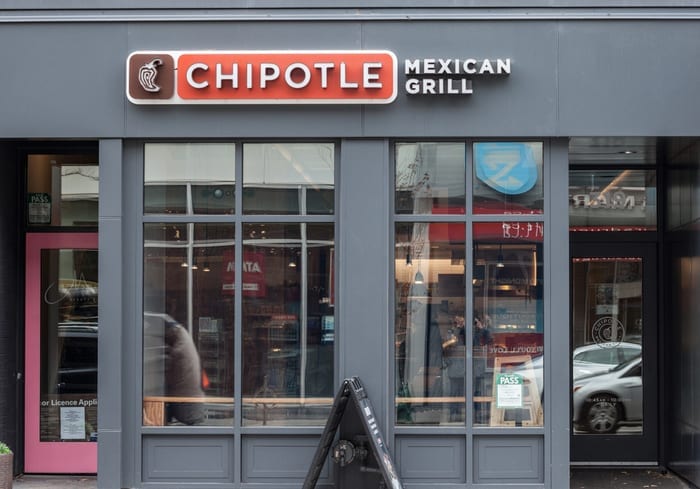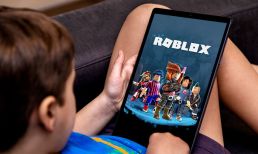During the quarter, the company’s digital sales jumped 100.7 percent year over year (YOY) to represent 15.7 percent of sales at $206 million. The company launched its Chipotle Rewards program on March 12. The program is spend-based, and diners receive 10 points for every dollar they spend. When they accrue 1,250 points, they earn a free entrée. (There are also periodic bonus offers along the way.) Chipotle Mexican Grill CEO Brian Niccol said on the company’s earnings call that guests have been asking for a rewards program for a long time.
Nearly eight in 10 QSR customers — or 79.5 percent — see loyalty programs as features important to the success of those merchants, according to the PYMNTS Restaurant Readiness Index. The report also found that nearly half — or 47.5 percent — of QSR managers share the same view. Overall, the report found that the approximate share of customers and managers who have a positive view of loyalty programs clocks in at 80 percent.
Digital Innovation
Niccol said the company’s digital system — including order-ahead, delivery, catering, digitized second make lines, mobile order pickup shelves and Chipotle Rewards — “is creating a more convenient and enjoyable guest experience” while allowing consumers to order food from the restaurant however they’d like. He also noted the company recently finished the addition of mobile order pickup shelves in relevant restaurants.
The shelves are a “key element in digitizing and modernizing our restaurant experience,” he said, adding that they increase access, speed of service and convenience for the restaurant’s guests while building more love for the brand and driving digital sales. He also said the shelves are a vital component to the improvement of delivery times. With the installations, delivery drivers don’t have to wait for orders any longer and can pick up orders from the shelves. He also said the company has digital make lines in roughly 1,300 restaurants and expects to have them in applicable restaurants by the conclusion of the year.
Advertisement: Scroll to Continue
Niccol said early results show that restaurants with mobile order pickup shelves as well as make lines bring in digital sales above the company’s national average. He also noted that the company launched a new website in February, which is helping to increase customer conversions. And he pointed out that the company is averaging over one million digital transactions per week. It also plans to continue to open its Chipotlanes as part of its goal to increase access, which let diners place an order via mobile and pick up their orders without leaving their vehicles. In recent news about Chipotle’s online ordering, however, reports recently emerged on social media that user accounts were being pirated. Chipotle maintains that the company itself has not been breached per previous reports, and consumers often repeat passwords across sites.
Marketing Innovation
When it comes to promotions, Niccol said a free delivery bowl offer ran from mid-December to the beginning of January. The effort, he said, was not only a great way to attract new guests to the app and the company’s delivery capabilities but also to Chipotle itself. He pointed out that nearly half of the guests taking part in the offer were new or lapsed users. The company also rolled out a digital-only menu innovation on Jan. 2 called lifestyle bowls. “This resonated with consumers in a big way,” Niccol said. In the first few days, Niccol said, the effort generated over a billion earned media impressions.
Niccol also said that the company was visible during the quarter with marketing programs to highlight its ingredients and cooking techniques. Last fall, Chipotle rolled out its “For Real” ads highlighting the brand’s point of difference in its real ingredients and real cooking techniques. PYMNTS previously reported that the effort generated significant brand awareness through a media plan as well as programming. The company, in one case, published its entire list of ingredients in Times Square for the public to read — and via multiple social as well as digital channels.
The company then followed the effort up with its Behind The Foil campaign in February that showed what the brand’s kitchens look like every day. He noted that the commercials didn’t entail a studio, script, props or actors. Instead, “it was just our employees doing what they do best, which is making delicious food,” Niccol said.




